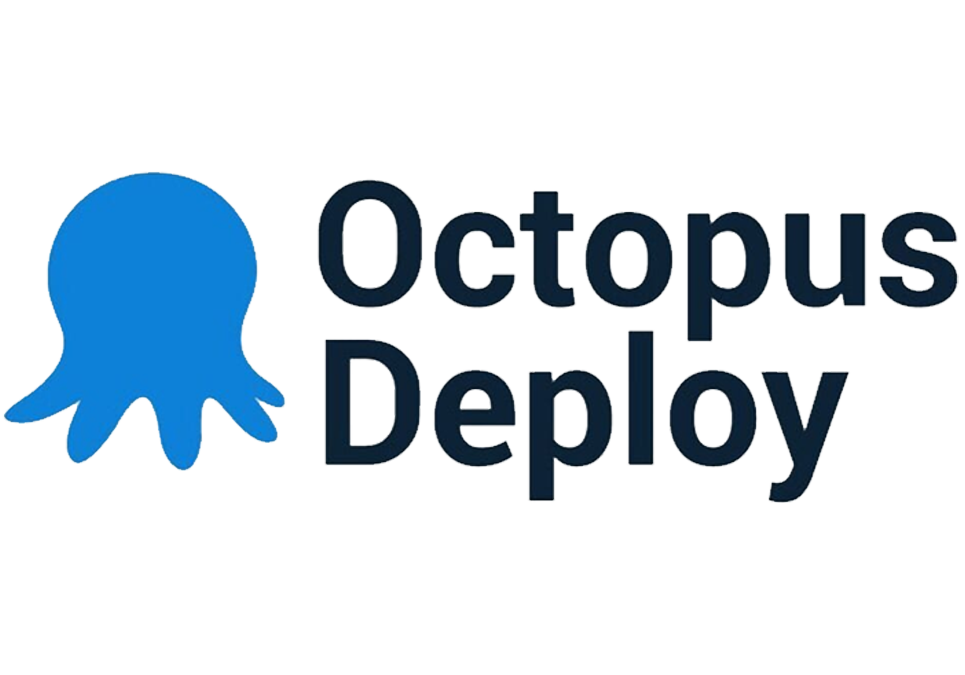- Call us: +1 (469) 756-6329 | +91 7004 215 841
- Email: info@devopsconsulting.in
Octopus Deploy Training
ABOUT
Octopus Deploy Training at devopsconsulting.in offers a comprehensive program designed to equip professionals with the skills needed to effectively use Octopus Deploy for managing and automating application deployments. This training covers the core features of Octopus Deploy, including deployment processes, release management, and environment configuration. Participants will learn how to set up and configure Octopus Deploy, create and manage deployment pipelines, and integrate the tool with various CI/CD systems and version control platforms.

The course includes hands-on exercises to practice creating and deploying packages, managing environments, and handling complex deployment scenarios. By the end of the training, attendees will have a solid understanding of how to leverage Octopus Deploy to streamline application deployments, enhance release management, and improve overall efficiency in their DevOps practices.
COURSE OBJECTIVES
The course objectives for Octopus Deploy Training at devopsconsulting.in are designed to provide participants with a thorough understanding of Octopus Deploy and its role in application deployment and release management. By the end of the training, attendees will:
- Understand Octopus Deploy Fundamentals: Gain a comprehensive understanding of Octopus Deploy’s architecture, including its components such as projects, environments, and deployment processes.
- Master Deployment Processes: Learn how to create and configure deployment processes, including defining steps, managing variables, and setting up deployment targets.
- Implement Release Management: Acquire skills to manage and automate the release of applications, including creating releases, handling versioning, and tracking deployment history.
- Integrate with CI/CD Systems: Understand how to integrate Octopus Deploy with various Continuous Integration and Continuous Deployment (CI/CD) tools to enhance automation and streamline workflows.
- Manage Environments and Targets: Learn how to configure and manage multiple environments and deployment targets, ensuring efficient and controlled application delivery.
- Troubleshoot and Optimize: Develop the ability to troubleshoot common issues, optimize deployment processes, and apply best practices for maintaining a robust deployment pipeline.
PRE-REQUISITES
- Basic understanding of Windows system concepts
- Familiarity with Command Line Interface (CLI)
- Familiarity with a Text Editor
- Experience with managing
- Systems/applications/infrastructure or with build/deployments/automation
- Familiarity with developing and building software
- Familiarity with Visual Studio 2005, 2008, or 2010
- Familiarity with their organizaiton's development process
- Be able to read and understand C# and C++ code (all source code will be provided)
FEATURES
- 30 Hours instructor led online class
- Hands on Approach - We emphasize on learning by doing.
- Life time free re-enrollment to future DevOps courses
- Life time free access to all learning materials including
- Class recordings
- Presentations
- Sample Code
- Projects
- Total Lab Infrasture in cloud and 24x7 available
- 70% of the class is consist of Lab
- Each week assignments(total 4) with personal assistance
- Two real time senario based projects with standard evaluation
- 24x7 online support to queries during and after the course completion
- 1 dedicated class for Interview preparations
AGENDA
The basic course program is outlined here:
Getting started
- Octopus in your delivery process
- Install the Octopus server
- Create environments
- Add machines to your environments
- Package your applications for deployment
- Create a project
- Define your deployment process
- Create a release and deploy it
- Next steps
Installation
- Installing Octopus
- Installing Tentacles
Key Concepts
- Environments
- Projects
- Project Groups
- Lifecycles
- Machine Roles
- Channels
- Tenants
Packaging applications
- Package repositories
- Supported Packages
- NuGet packages
Deployment targets
- Azure Cloud Service Target
- Azure Web Apps
- Cloud Regions
- Offline Package Drop
- SSH Targets
Deploying applications
- Deploying packages
- Configuration files
- Custom Installation Directory
- IIS Websites and Application Pools
- Windows Services
- Custom scripts
- Delta compression for package transfers
- Email notifications
- Step Templates
- SQL Server databases
- Guided failures
- Manual intervention and approvals
- Scheduled Deployments
- Automatic Release Creation
- Run steps in parallel
- Artifacts
- Variables
- Deploying to Azure
- Substitute Variables in Files
API and Integration
- TeamCity
- Visual Studio Team Services (VSTS)
- Team Foundation Server (TFS)
- Bamboo
- Continua CI
- Jenkins
- Octo.exe Command Line
- Octopus.Client
- Octopus REST API
- Calamari
Patterns
- Canary deployments
- Blue-green deployments
- Multi-tenant deployment pattern
- Isolated Octopus Deploy servers
- Branching
- Rolling deployments
Administration
- Auditing
- Backup and restore
- Managing multiple instances
- Managing users and teams
- Octopus database
- Retention Policies
- Script Console
- Script Modules
- Upgrading
- Data migration
- Reporting
- Server configuration and File storage
- High Availability
How to
- Get the raw output from a task
- Debug problems with Octopus variables
- Manually fail a running or cancelling task
- Move the Octopus Home folder and the Tentacle Home and Application folders
- Troubleshoot Listening Tentacles
- Expose the Octopus web portal over HTTPS
- How to create an API key
- Export and import Tentacle certificates without a profile
- Run Tentacle under a specific user for use in PowerShell
- Report on deployments using Excel
- Specifying a custom container to use for AD Authentication
- Capture a crash dump
- Run multiple processes on a Tentacle Simultaneously
- Stage package uploads
- Enable web request logging
- Configure Environment-specific configuration transforms while keeping sensitive values in Octopus
- Push a NuGet package that already exists
- How to use custom certificates with Octopus Server and Tentacle
- Reference files within a package
- How to run steps on the Octopus Server
- Sensitive Properties API Changes in Release 3.3
- Deploy to a Specific Subset of Targets
- Migrate Azure Targets into Azure Steps



|
|---|
